Ice & Water Barriers: The Unsung Hero of Roofing
At KCRR Solutions, we frequently talk about Ice & Water Barrier (also known as Ice & Water Shield). We install it on every roof because if we don't, the chances of having to return for a leak repair are very high. Most cities and municipalities in the Kansas City Metro have adopted codes that require the installation of ice and water barrier. Some municipalities do not, and in those cases, the insurance company may not provide funds for its replacement. Since ice and water barrier comes up so often, below is some information about what it is and why we require it when installing a roof.
What Is an Ice & Water Barrier?
An ice and water barrier is a self-adhering waterproof underlayment installed beneath the shingles, primarily along the roof's eaves, valleys, and around penetrations like chimneys and skylights. It serves as a critical line of defense against leaks caused by ice dams and wind-driven rain.
Why Are They Important?
- Protection Against Ice Dams: In freezing temperatures, melted snow can refreeze at the roof's edge, causing ice dams. These barriers prevent water from backing up under the shingles and infiltrating the home.
- Defense Against Wind-Driven Rain: During storms, wind can push rain beneath the shingles. The barrier acts as an additional waterproof layer, preventing leaks.
- Preventing Costly Damage: By stopping water infiltration, ice and water barriers help avoid rot, mold growth, and interior damage, which can be expensive to repair and may not be fully covered by insurance.
Nuances in Kansas and Missouri Building Codes
Local Requirements for Ice & Water Barriers
While both Kansas and Missouri do not enforce statewide building codes, local municipalities have specific regulations:
Overland Park, Kansas:
- Requirement: The installation of ice and water barriers is mandatory.
- Scope: Must extend from the roof's edge to at least 24 inches inside the exterior wall line.
- Reason: To protect against ice dams prevalent in our climate.
Kansas City, Missouri:
- Requirement: Also mandates the use of ice and water barriers along eaves and other vulnerable areas.
- Additional Areas: May include roof valleys and areas around roof penetrations, depending on local amendments.
Why We Recommend Always Installing Them
even in areas where it's not strictly required:
- Climate Considerations: Our region's freeze-thaw cycles make all homes susceptible to ice dams.
- Best Practice: Installing ice and water barriers is a proactive measure that offers significant long-term protection.
- Enhanced Home Value: Homes with this additional protection may have higher resale values due to the reduced risk of water damage.
Protecting your home with a properly installed Ice & Water Barrier is essential for long-term peace of mind. If you have any questions or would like to schedule a roof inspection, please don't hesitate to call Ryan at (816) 896-2462.
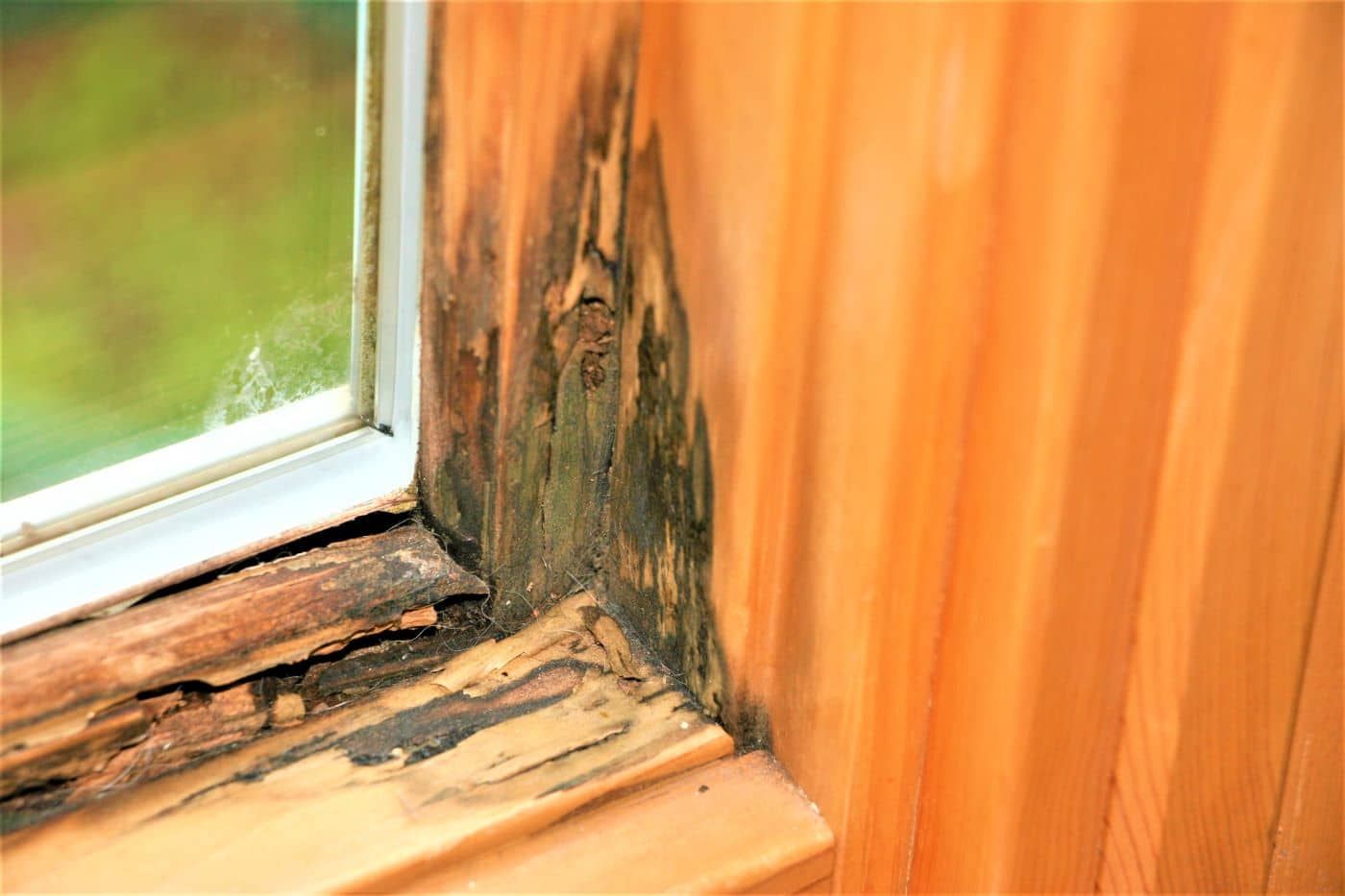



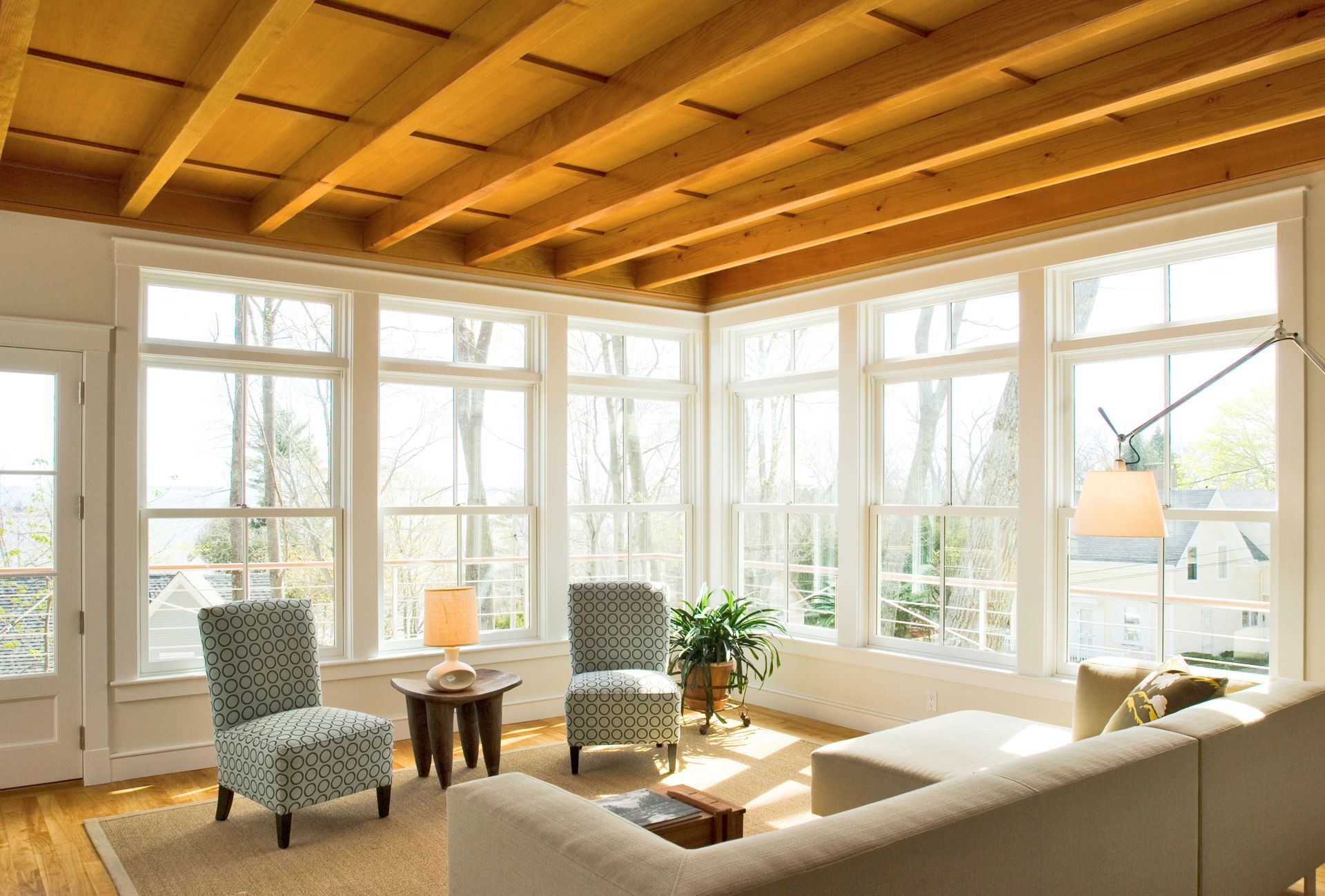
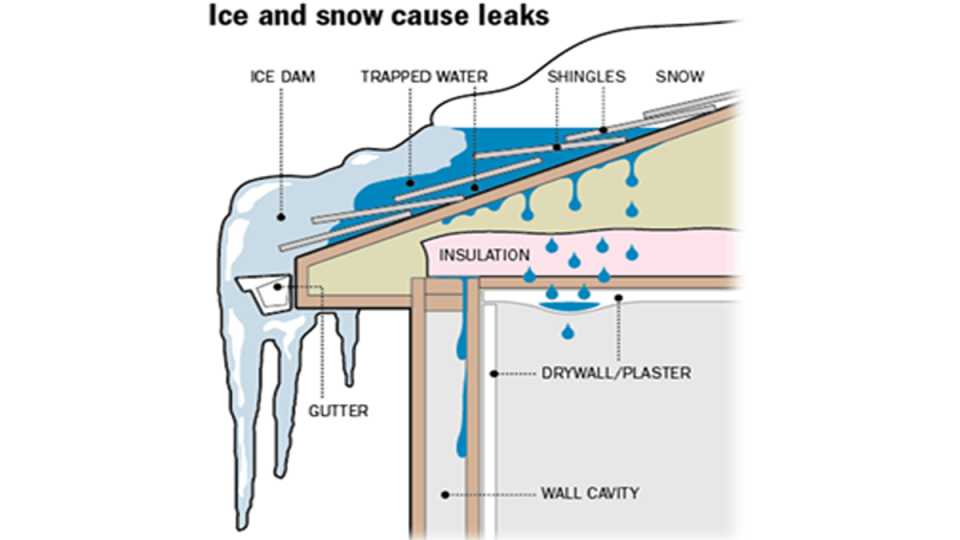
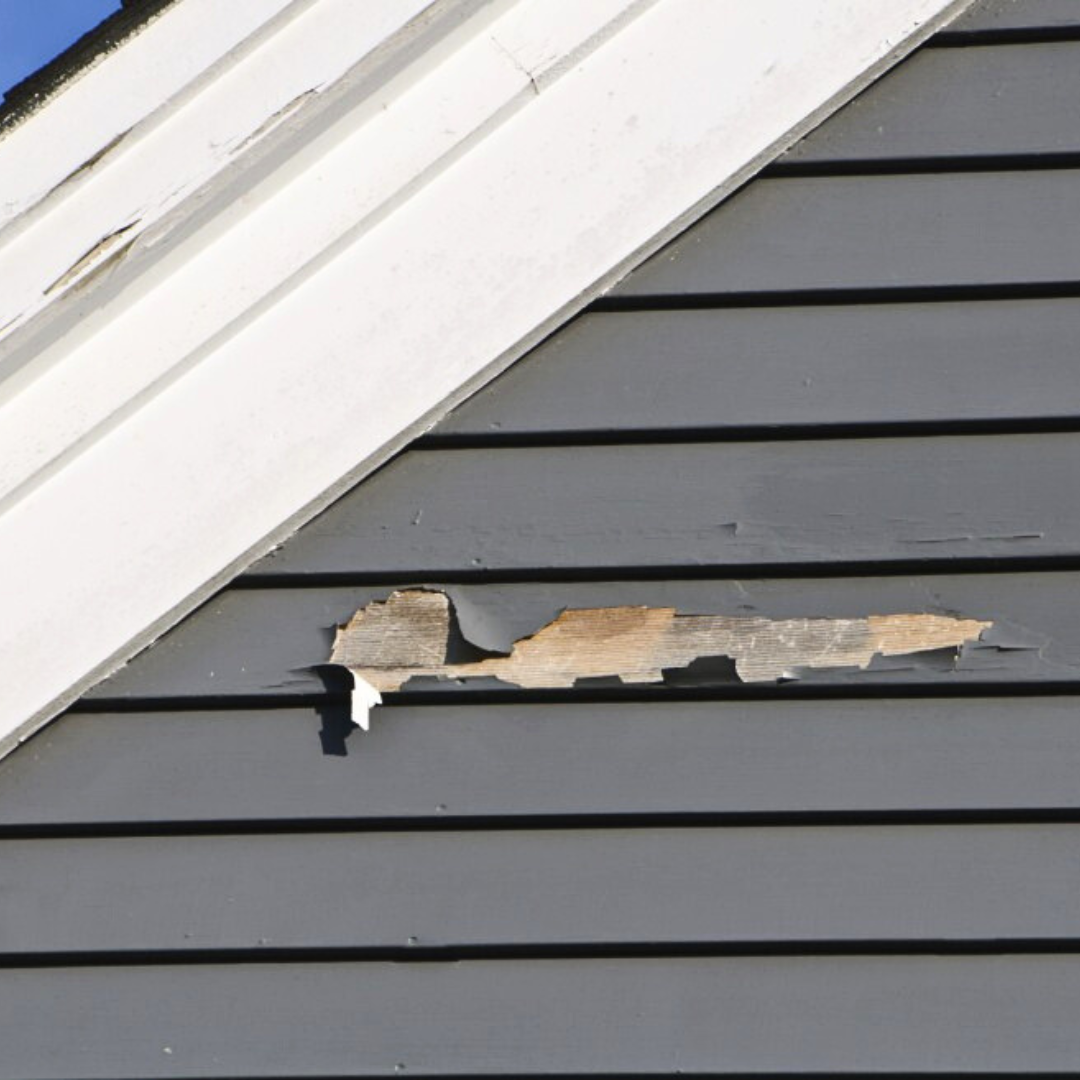
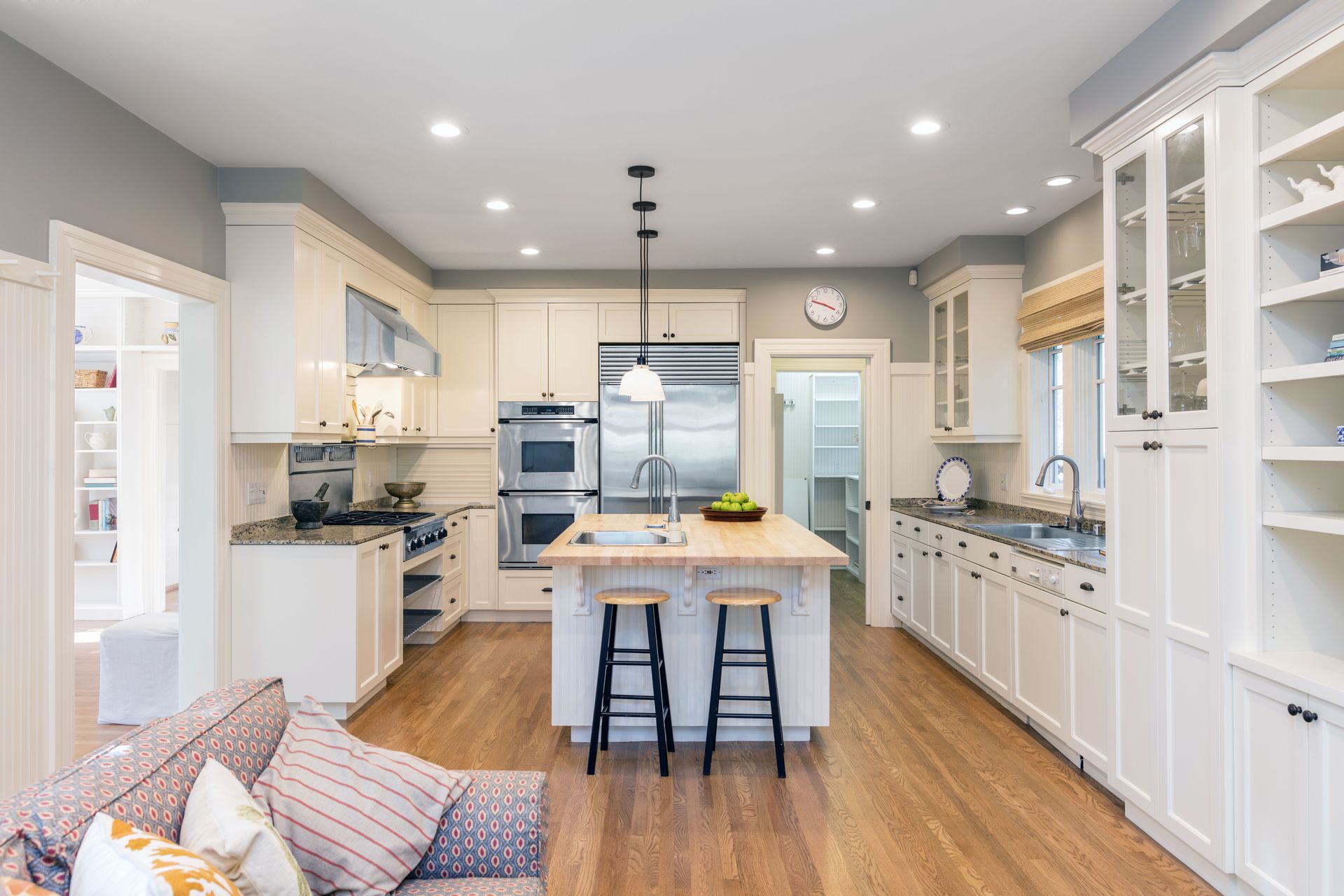
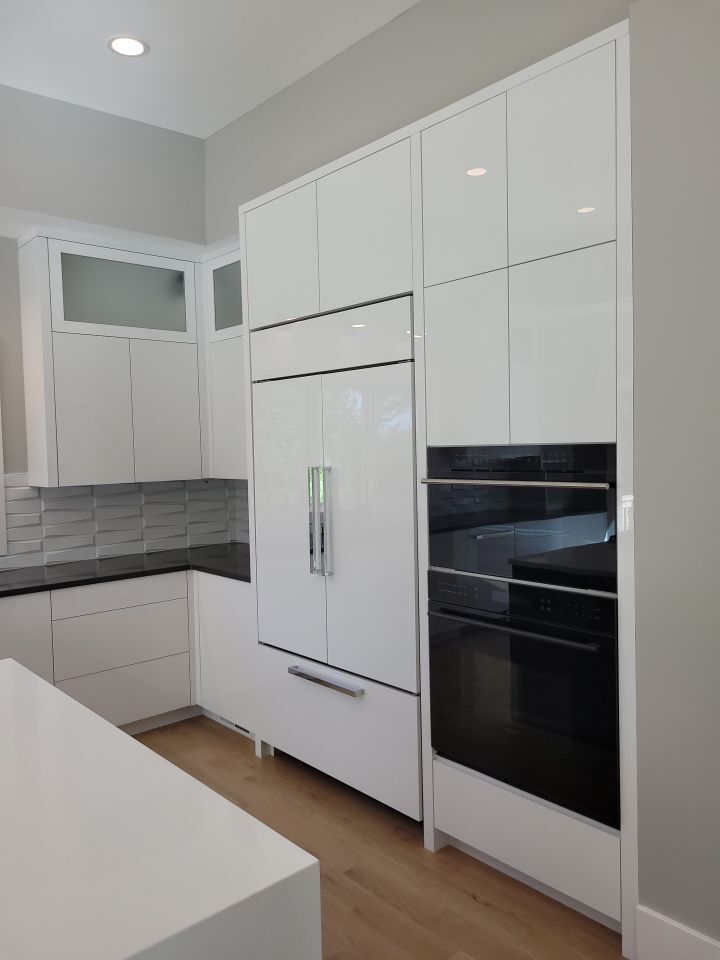
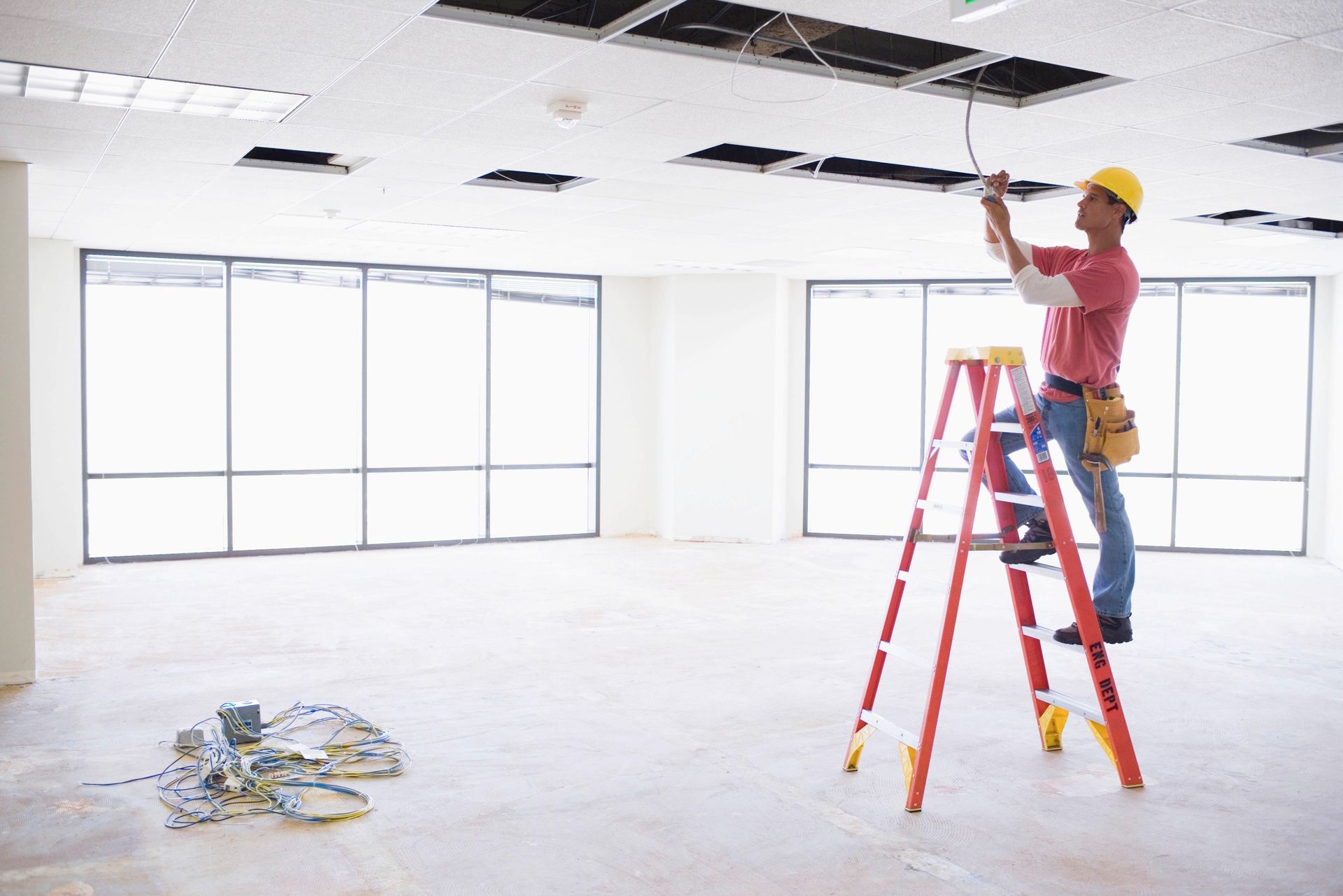
Share On: